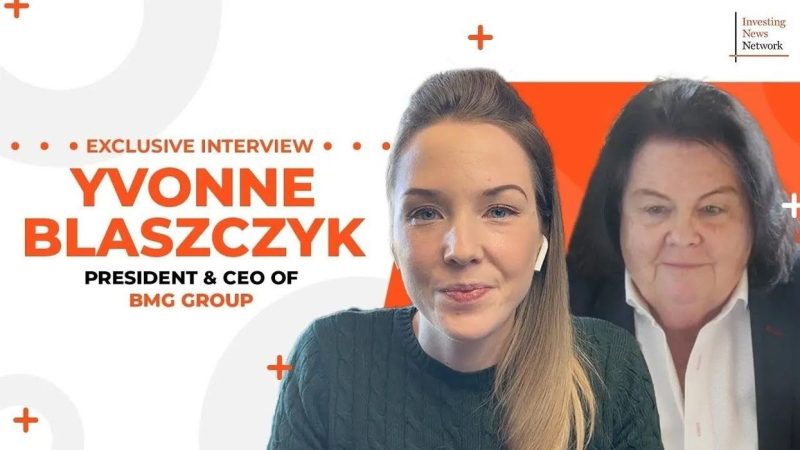In the contemporary global economic landscape, the dynamics of the gold market hold a substantial impact on various regions and economies. Yvonne Blaszczyk, an esteemed expert in the field, has highlighted the surge of the global gold rush with a particular focus on the BRICS nations. This phenomenon carries significant takeaways for decision-makers and investors worldwide, especially against the backdrop of the recent US election and its potential implications.
The BRICS countries – Brazil, Russia, India, China, and South Africa – collectively constitute a significant portion of the world’s population, economic output, and gold reserves. Their growing influence in the gold market reflects a broader shift in power dynamics within the global economy. As Yvonne Blaszczyk emphasizes, these nations are now at the forefront of driving the resurgence of gold as a valuable asset and safe-haven investment.
One of the key takeaways from this trend is the increasing diversification of global gold reserves away from traditional Western economies. As the BRICS nations continue to accumulate gold reserves, they are effectively reducing their dependency on the US dollar and other fiat currencies. This strategic move not only strengthens their economic resilience but also challenges the dominance of Western financial institutions in setting the agenda for gold pricing and trading.
Moreover, the surge in gold demand from the BRICS nations is reshaping the dynamics of the global gold market. As these countries ramp up their gold purchases, they are exerting upward pressure on prices and creating new opportunities for gold producers and investors worldwide. This trend also underscores the shifting focus towards physical gold ownership as a hedge against currency devaluation and economic uncertainty.
The recent US election has further catalyzed these developments by introducing a new set of variables and uncertainties into the global economic landscape. The outcome of the election and the ensuing policy changes could have far-reaching implications for the gold market, particularly in terms of trade dynamics, monetary policy, and investor sentiment. As Yvonne Blaszczyk aptly points out, navigating these uncertainties requires a keen understanding of geopolitical trends and macroeconomic indicators.
In conclusion, the global gold rush led by the BRICS nations offers valuable insights for policymakers, investors, and market participants seeking to navigate an increasingly complex economic environment. By recognizing the implications of this trend and adapting their strategies accordingly, stakeholders can position themselves to capitalize on the opportunities presented by the evolving dynamics of the gold market. Yvonne Blaszczyk’s analysis serves as a timely and illuminating guide to understanding the intersection of geopolitics, economics, and the timeless allure of gold in the modern era.

